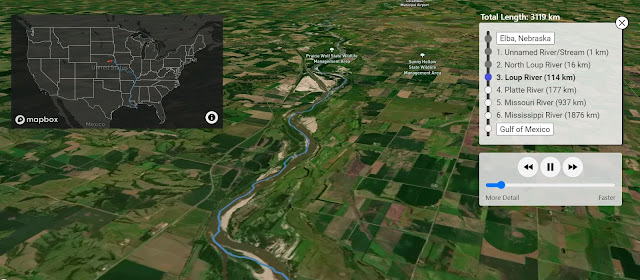The fifth GeogLive! event takes place on the 17th of November.
More details here.
You can book a FREE ticket (and see YouTube recordings of previous events) on this link.
Maps are essential in geography. Many simple activities can help pupils develop skills in making, reading and using maps. Want to know more?About this event
Two part session on Maps, mapping and atlases.
Part 1: Dr Stephen Scoffham : Atlases in the classroom
Part 2: Case Study: Maps in practice: Three Y5 classes collaborate using three different scales of study to explain a sense of human, physical and environmental space and place.
Chaired by Julia Tanner @EYPPC_GA committee, @The_GA
This free webinar will support conversations about maps, mapping and atlas use in the EY and Primary classroom. The chat will be open and will feature lots of inspiring ideas to support what is being said to support your teaching.
This webinar will conclude with a Q+A and some information about the extensive support the Geographical Association offers: high-quality classroom resources, inspirational teaching ideas, Subject Leader guidance, excellent continuing professional development events, and stimulating networking opportunities, reflecting OFSTED’s recent recommendation that teachers draw on "subject-specific support and professional networks ‘ (Ofsted, 2021).
Find out more:
https://www.geography.org.uk/Free-Primary-Membership
https://www.geography.org.uk/Journals/Primary-Geography



















